8 Cool Features In Cloud IoT Platforms To Know About In 2021
Cloud IoT platforms can be integral to connecting devices, collecting data and analyzing that data for a variety of use cases, but are they offering anything new to keep up with the ever-changing needs of IoT applications? CRN takes a look at eight new features in cloud IoT platforms that channel partners should know about.

New Features From AWS, Azure, Cumulocity
As the demand for IoT applications continue, so too does the need for cloud IoT platform providers to introduce new capabilities that can address the ever-changing needs of systems that ingest and analyze data from connected devices.
This rush to introduce new features to address the intersection of IoT and cloud computing can be particularly seen between Amazon Web Services and Microsoft Azure, which are unveiling new IoT features on a regular cadence.
[Related: AWS Vs. Microsoft Vs. Google: How Partners Rank The Big 3 Cloud Companies]
As part of IoT Week, CRN is taking a look at eight cool features that were recently introduced by cloud IoT platforms, and they include new AWS, Google Cloud and Azure IoT capabilities.
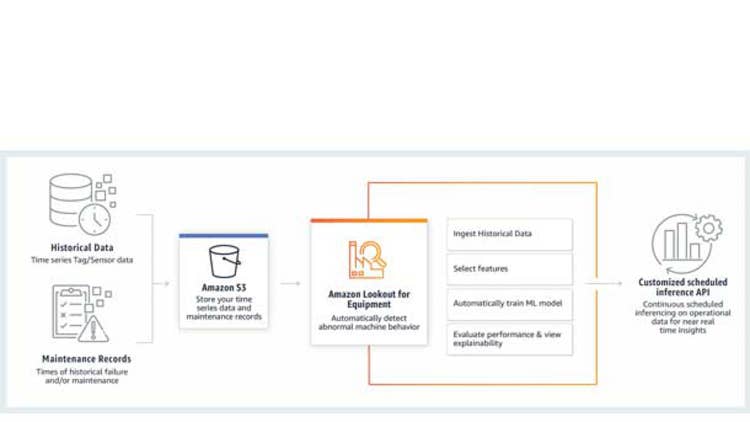
AWS: Amazon Lookout For Vision
AWS has a new computer vision service called Amazon Lookout for Vision that allows users to train models with as few as 30 baseline images, thanks to a machine learning technique called “few-shot learning.” The new Lookout for Vision service can be used to detect manufacturing and production defects like cracks, dents and incorrect colors. AWS touts Lookout for Vision as a highly accurate and inexpensive anomaly detection offering that doesn’t require machine learning experience to use. The service can be combined with Amazon Lookout for Equipment, Amazon Monitron and AWS Panorama to provide a “comprehensive suite of cloud-to-edge industrial machine learning services.”

AWS: Amazon Lookout For Equipment
AWS has a new predictive maintenance service called Amazon Lookout for Equipment that uses machine learning models to predict when machines are underperforming or on the brink of failure. The new Lookout for Equipment service allows users to quickly detect abnormalities and diagnose issues to avoid expensive downtime with machines. This is made possible by the service’s ability to automatically analyze sensor data and assess normal patterns. The service can even drill down into the specific sensors that are sending anomalous data. AWS touts Lookout for Equipment as a quick and easy way to build a predictive maintenance offering for multi-site facilities.
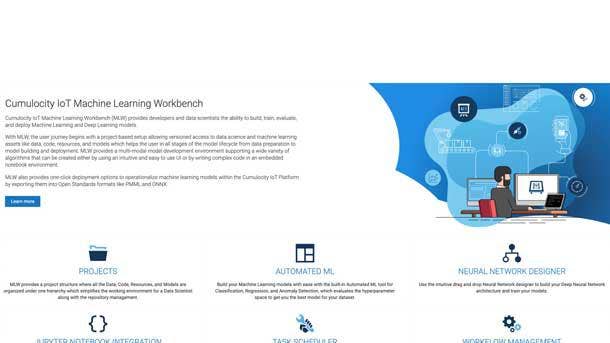
Cumulocity: Machine Learning Workbench
Software AG’s Cumulocity IoT platform now gives users the ability to build machine learning models directly within the platform itself, thanks to a feature update in February. The new Machine Learning Workbench feature allows users to directly access IoT data within Cumulocity and plug them into models using graphical editors. Models can then be deployed into the cloud, at the edge or on-premises using one click. The workbench aims to make machine learning accessible to people who aren’t data scientists by including out-of-the-box, ready-to-use models and by automating the model selection.
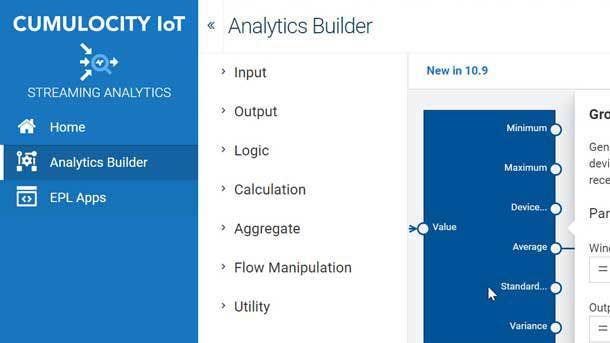
Cumulocity: Analytics Builder
Software AG’s Cumulocity IoT platform recently added new analytics blocks for its Analytics Builder, a no-code feature that lets users drag and drop blocks to create new analytics processes. In a May update, Cumulocity added new analytics blocks for sending emails or text messages so that users, for instance, can send an email instead of setting off an alarm if a certain data threshold is crossed. New blocks have also been added for outputting data at a certain frequency, for detecting when a device enters a geofence and for counting how many times an object has been interacted with.
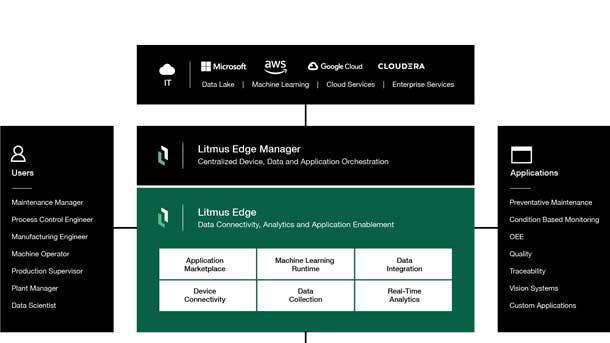
Google Cloud: Litmus Smart Factory Integration
Google Cloud is expanding its industrial IoT capabilities by incorporating the industrial edge computing platform of IoT startup Litmus into its smart factory offerings. With the new integration, users can take advantage of Litmus’ platform for collecting, processing and analyzing data from industrial assets at the edge and then use that data for analytics, AI and machine learning applications in the Google Cloud platform for “high-value” manufacturing use cases.
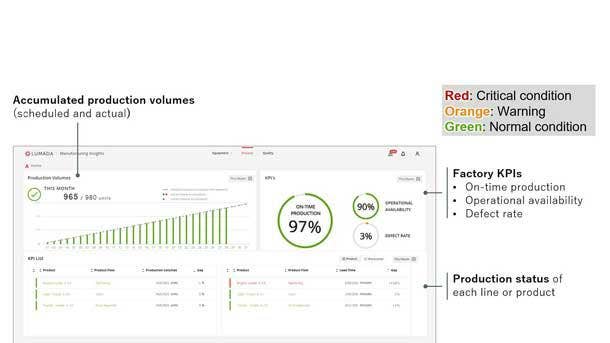
Hitachi Vantara: Lumada Manufacturing Insights
Hitachi Vantara is giving manufacturers better IoT capabilities in the cloud with Lumada Manufacturing Insights, which is now available on the Microsoft Azure Marketplace. The offering gives users improved visibility across all supply chain subsystems and the ability to anticipate disruptions along the entire supply chain, from suppliers to customers. It also comes with predictive maintenance capabilities and the ability to digitize factory floor processes.
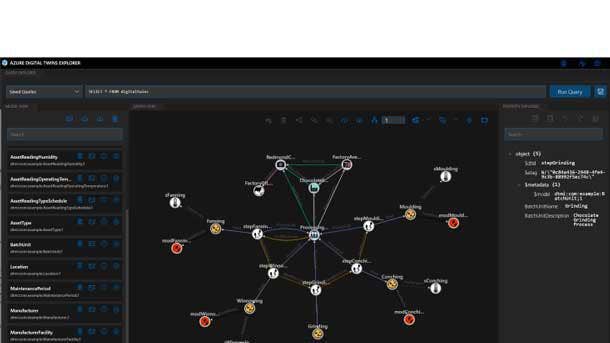
Microsoft Azure: Azure Digital Twins
Microsoft Azure updated its cloud IoT capabilities with a new digital twin feature last December that allows users to create virtual models of physical systems using real-world data. Azure Digital Twins can bring together data from previously disparate devices and business systems to look at historical events and simulate what will happen in the future. The feature includes capabilities for 3-D and 4-D visualizations as well as physics-based simulation, and users can quickly get started with building their digital twins using pre-made models and converter tools. Azure Digital Twins can work in tandem with Azure IoT Hub to connect to IoT devices, with Azure Data Lake for storing data long term and with Azure Synapse Analytics for applying machine learning to data from digital twins.
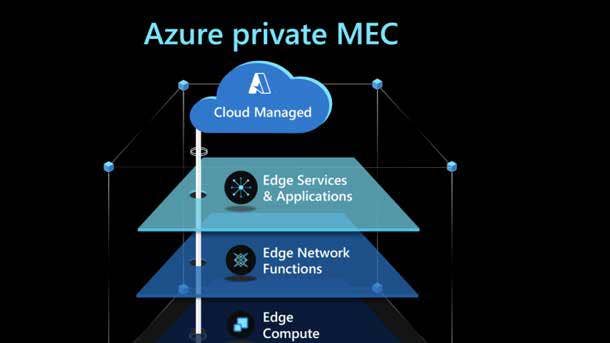
Microsoft Azure: Azure Private MEC
Microsoft Azure is making it easier for partners to offer ultra-low-latency networking, applications and services at the edge with its new private multi-access edge compute solution. The offering is an evolution of Azure’s Private Edge Zones and combines edge compute, multi-access networking stacks and application services to enable IoT applications in a variety of verticals, from manufacturing and smart spaces to oil and gas and health care. The new private MEC offering includes new products and services from Microsoft Azure, including Affirmed Private Network Service, which allows partners to run private LTE and 5G core networks for enterprises. Another new product in the stack is Metaswitch Fusion Core, a 5G core collection that supports network functions for connecting IoT devices.